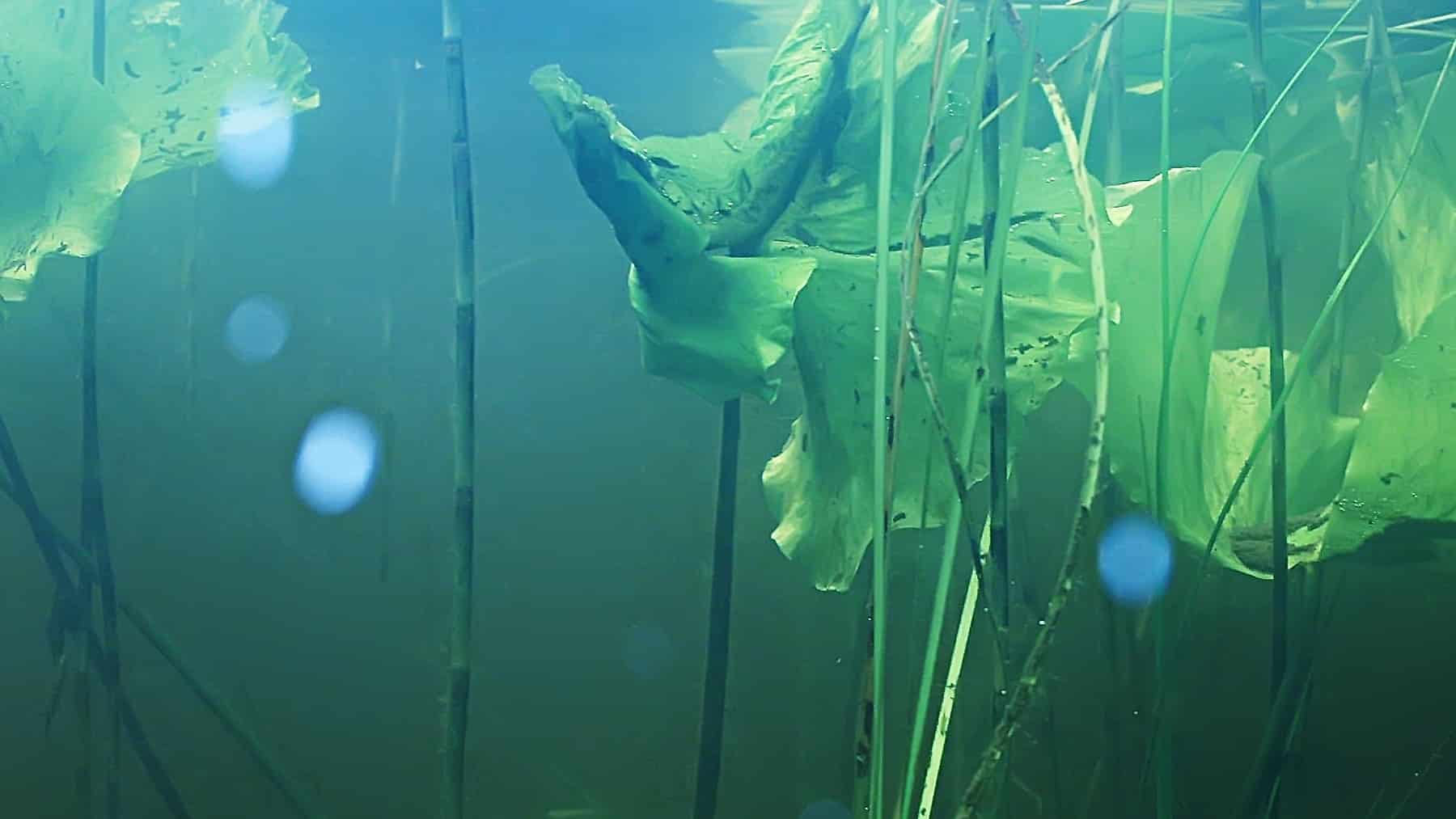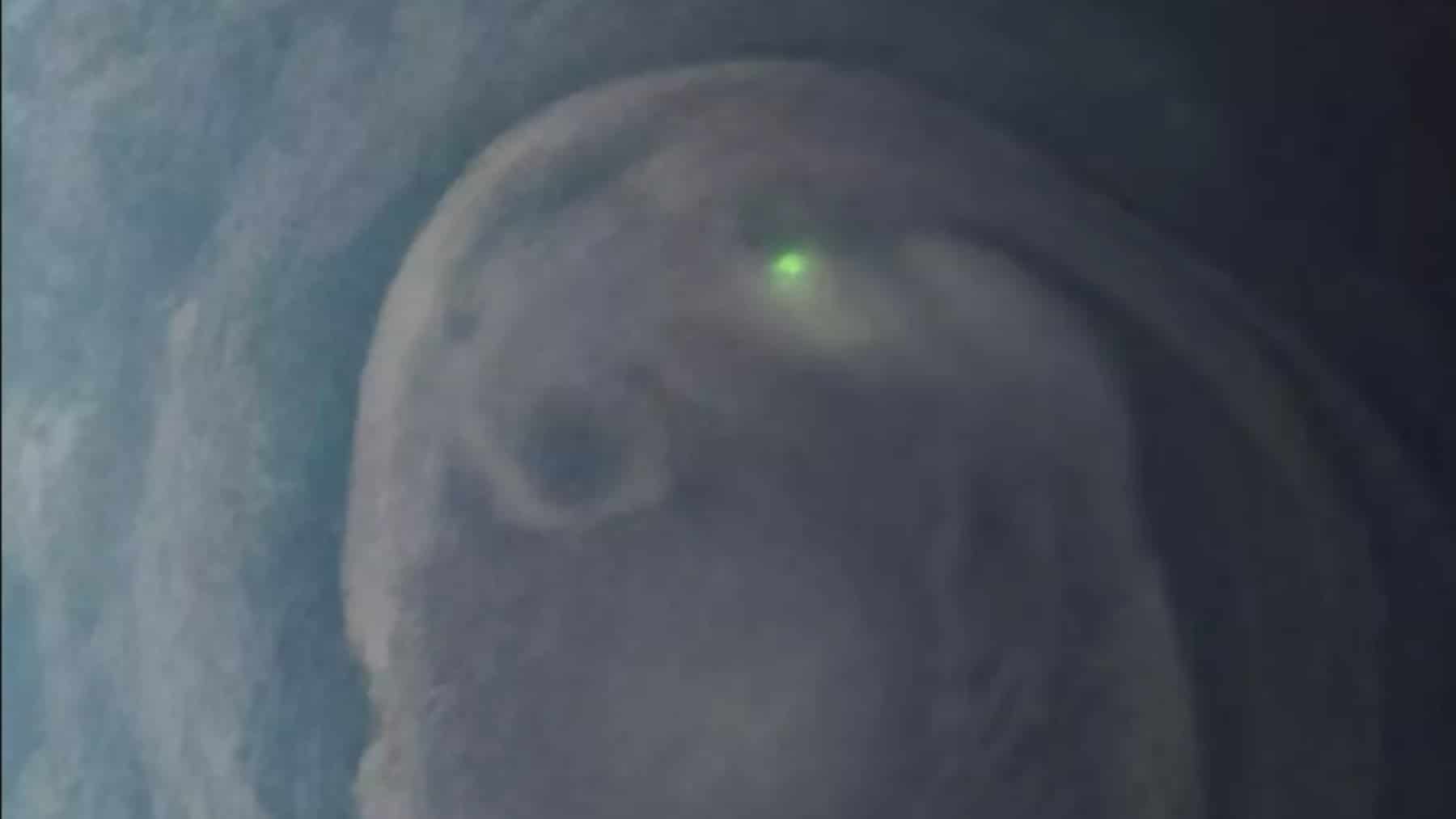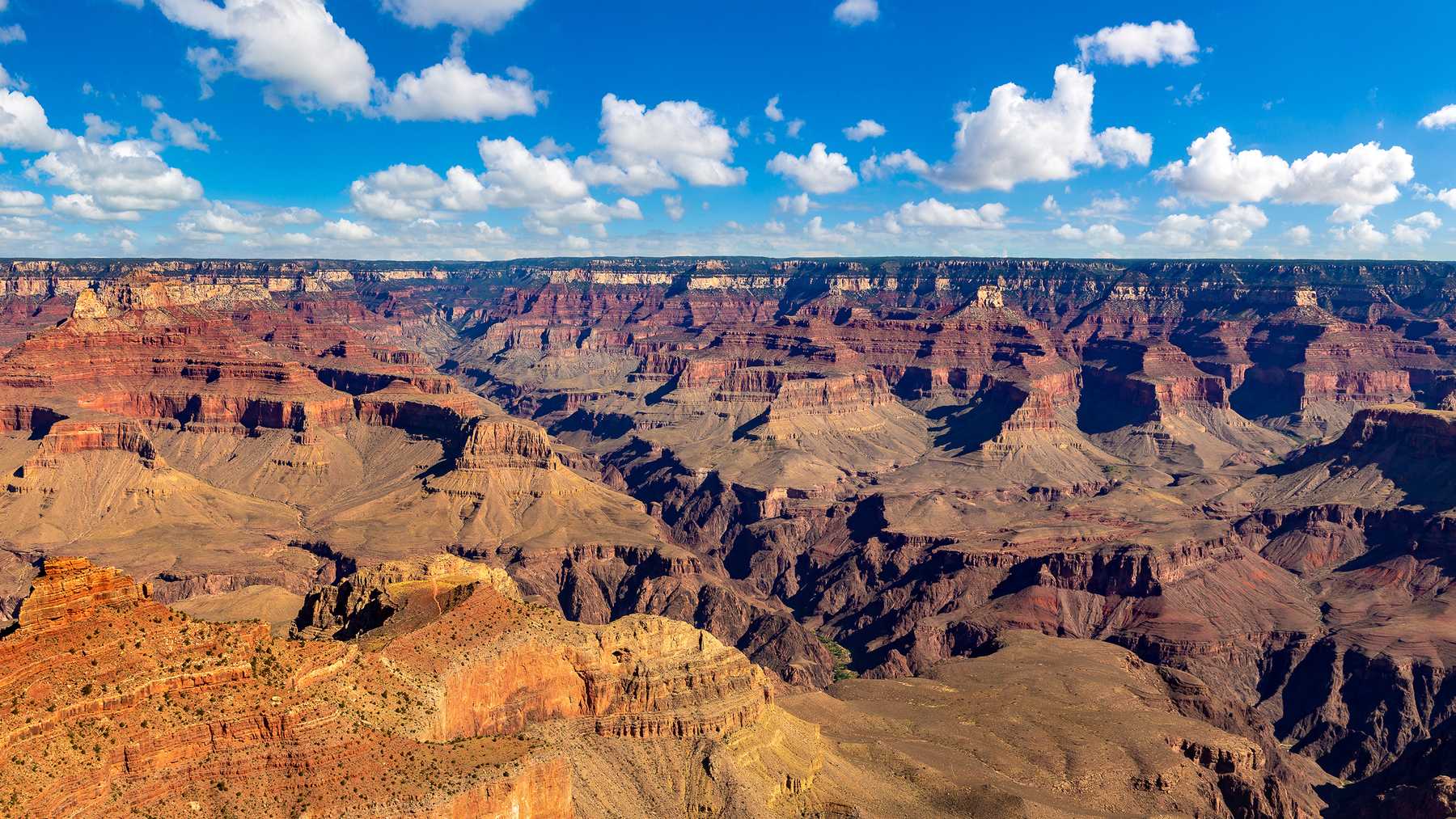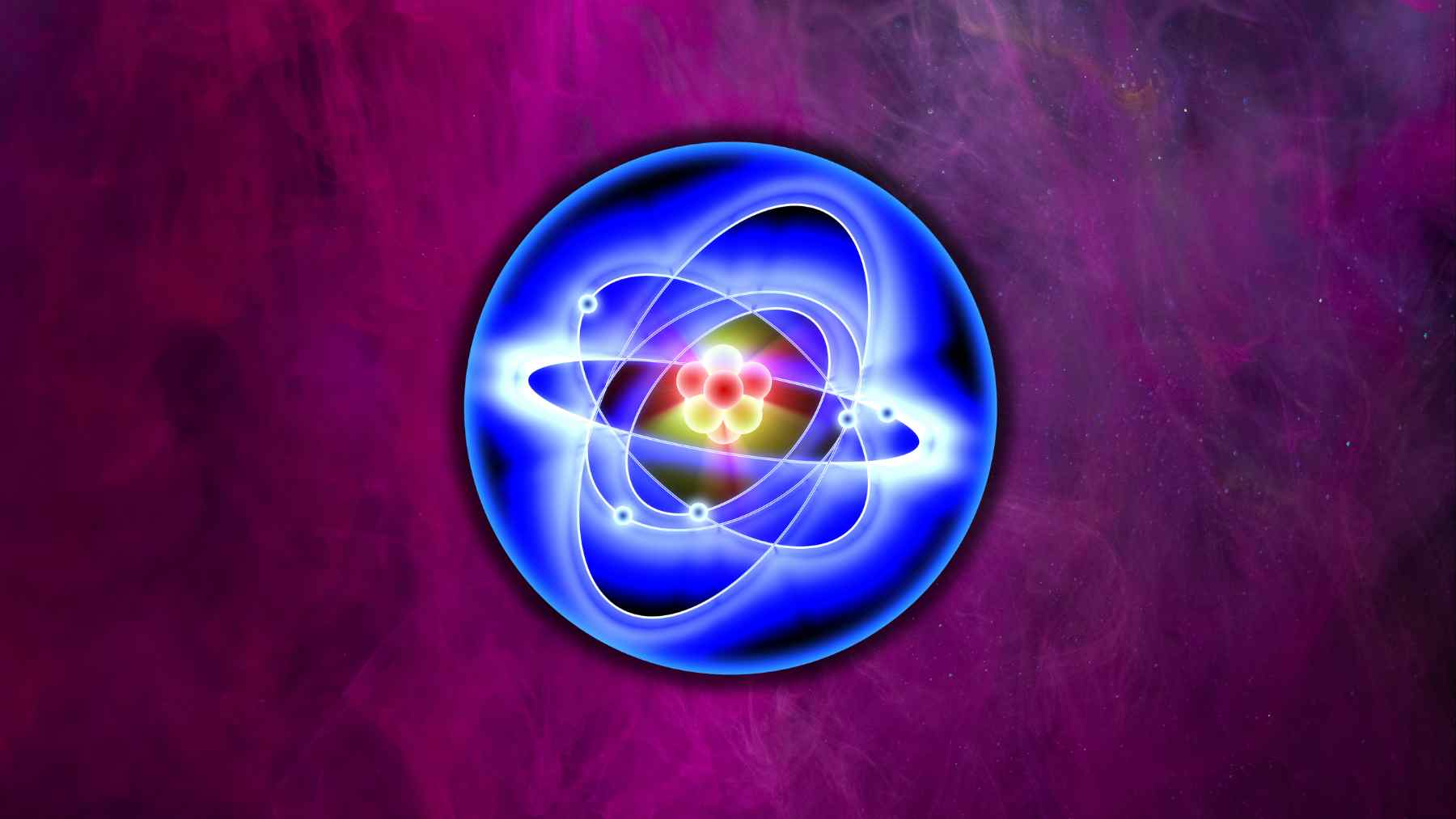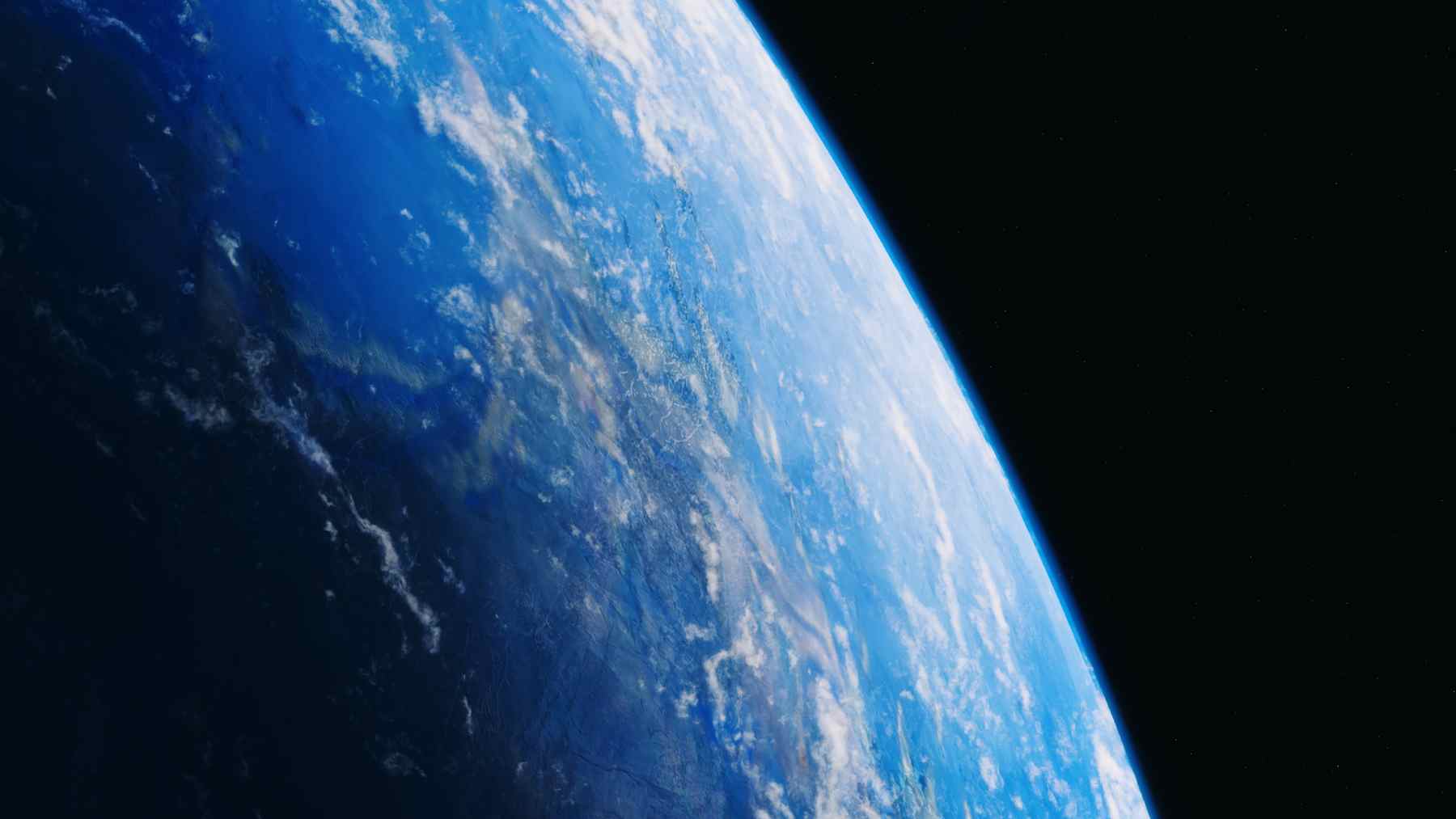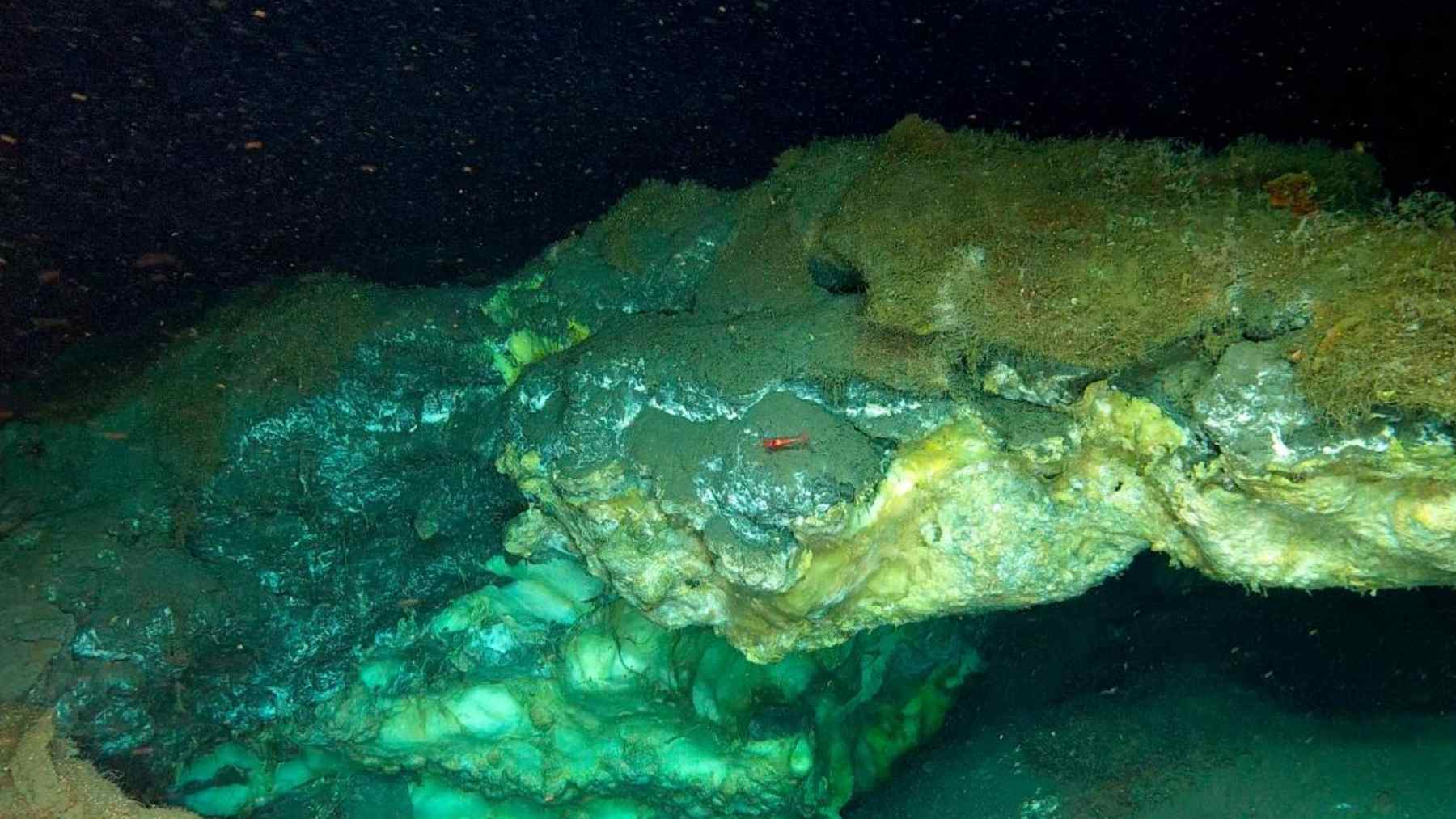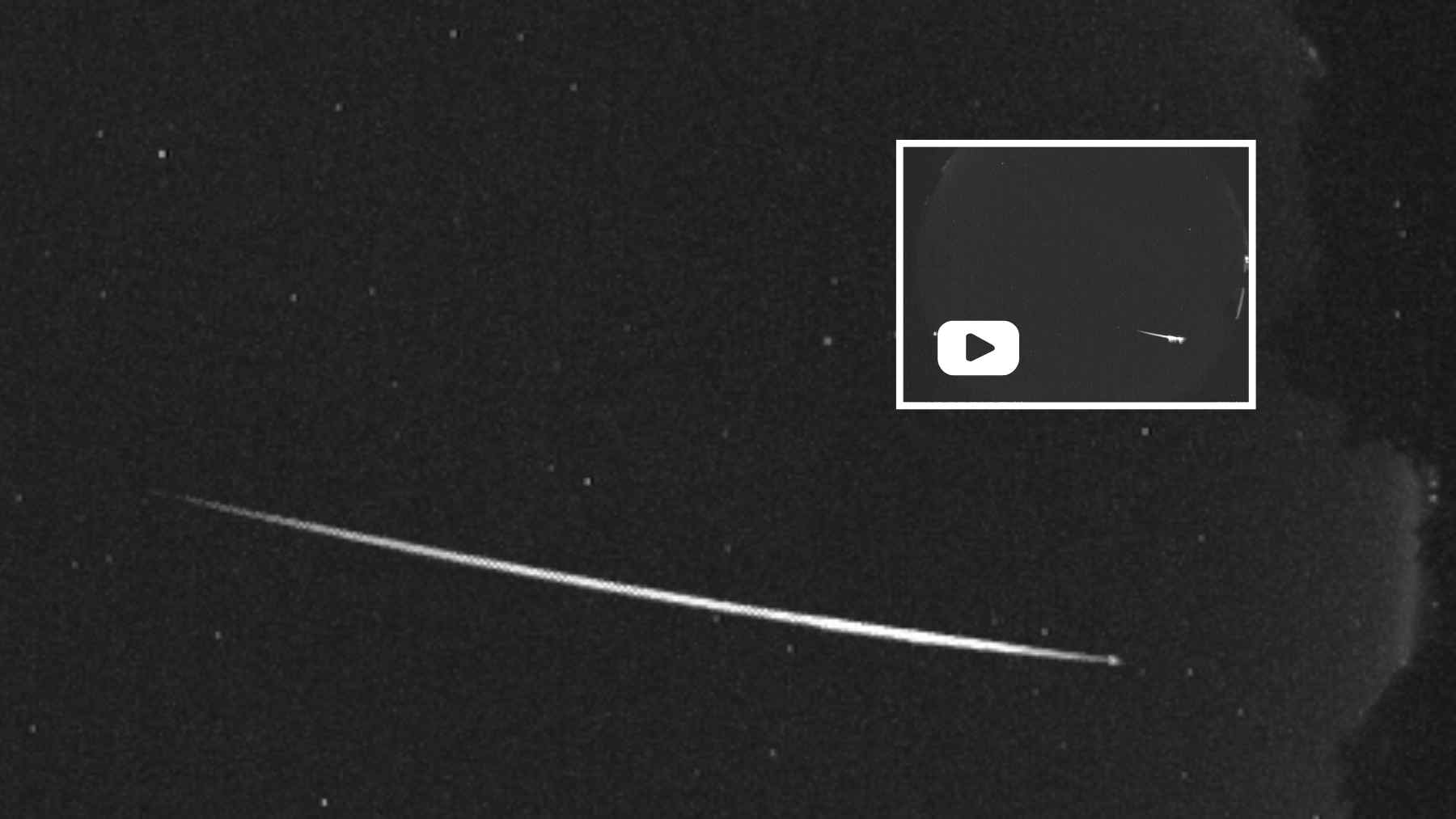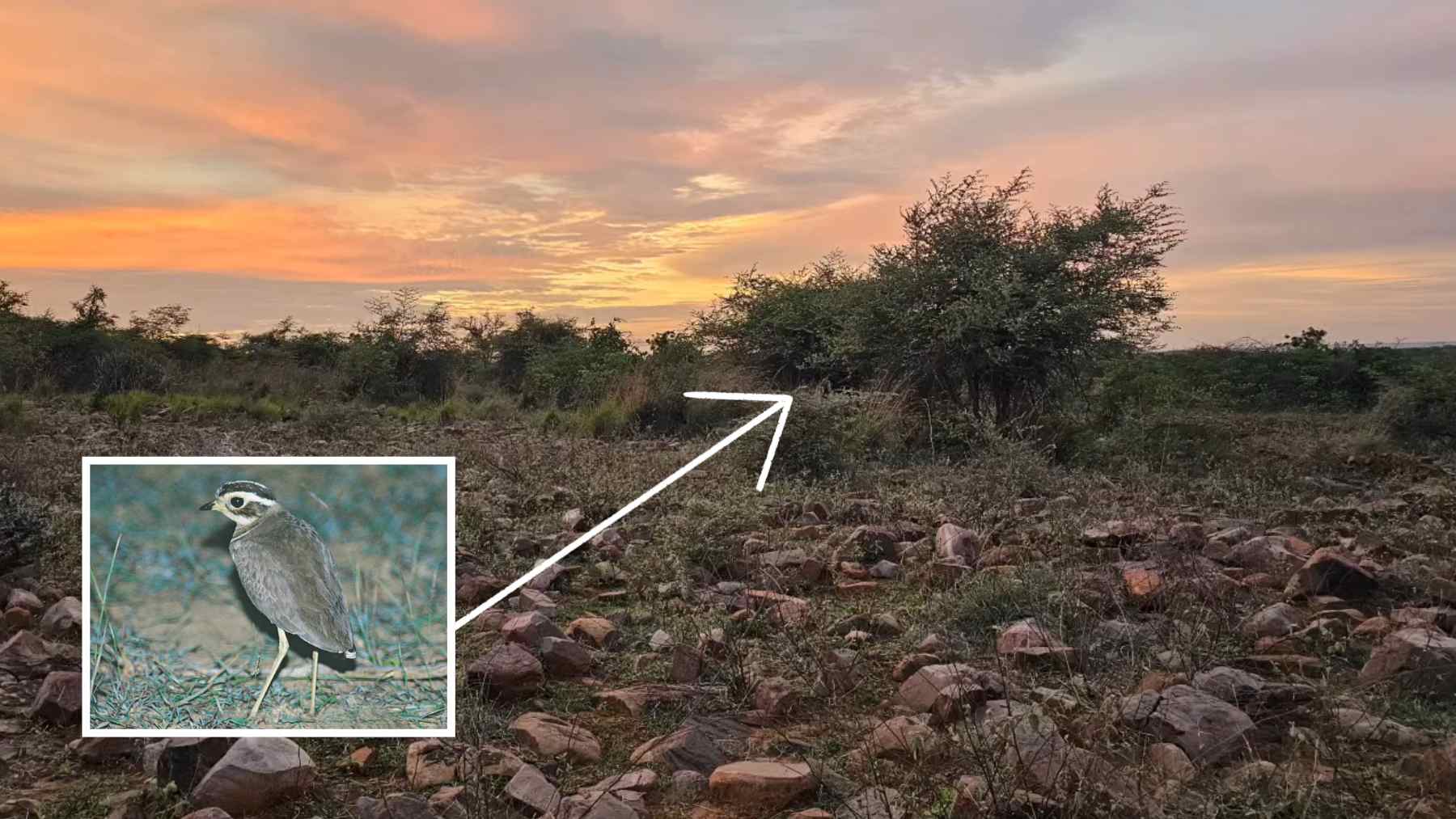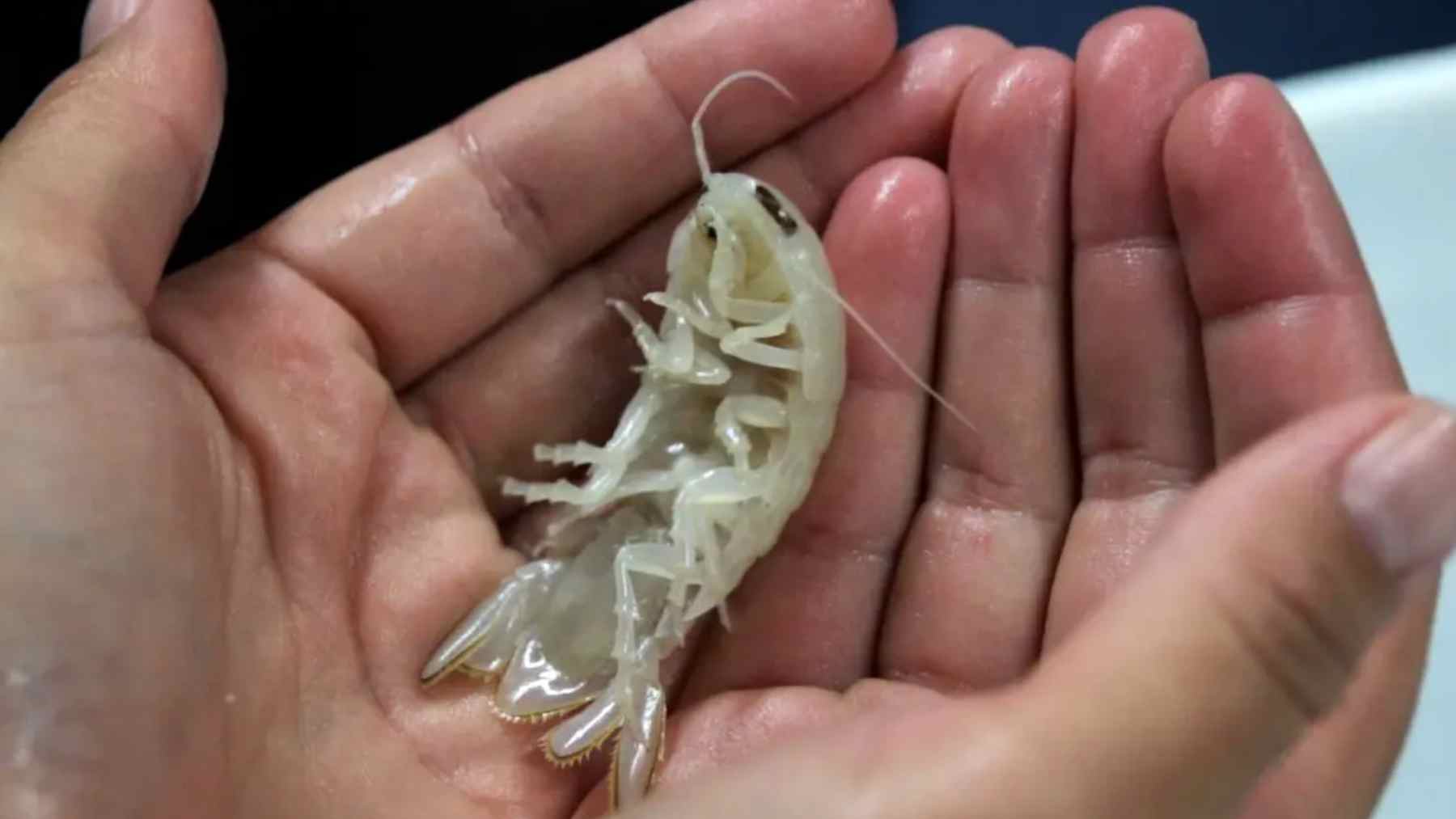When we talk about biodiversity, our minds automatically travel to the Amazon Rainforest. After all, the Amazon a global icon, essential for climate balance and life on Earth. However, we’ve just discovered that there’s another “lung” of nature, only underwater. Few outside the scientific community are aware of its grandeur, but this ecosystem is already being considered one of the planet’s greatest natural treasures.
The planet faces a choice: Protect the underwater Amazon or watch its lifeline vanish
For a long time, we believed that Earth’s greatest concentration of biodiversity was on dry land, thanks to the Amazon Rainforest. However, scientists and environmentalists have been drawing attention to an ecosystem that could rival the Amazon in importance, and the most curious thing is that it’s underwater.
This second Amazon is the Coral Triangle, a gigantic marine biome that covers the waters of six countries: the Philippines, Indonesia, Malaysia, Papua New Guinea, the Solomon Islands, and East Timor. According to experts, “It harbors more species than anywhere else on the planet, with single reefs that contain more species than the entire Caribbean.” This means that a single reef in this region can harbor more life than the entire Caribbean Sea. In fact, James Morgan, a photographer and filmmaker who has documented the biome, describes the region as a place that continues to inspire fascination: an “underwater Amazon” that is as vital as it is impressive.
The world must decide: Save the Coral Triangle or let its silent collapse begin
It’s also important to highlight that, like the terrestrial Amazon, the marine Amazon also faces serious risks. This is because the shimmering waters hide a harsh reality: excessive exploitation threatens the survival of this ecosystem. According to the organization Mission Blue, a supporter of The Coral Triangle:
“Like the Amazon, the Coral Triangle is under grave threat. Overfishing and the use of destructive fishing techniques like dynamite and cyanide devastate these fragile coral gardens, which can take thousands of years to grow.”
The main threats we can highlight are:
- Overfishing: Fish and corals are harvested faster than they can reproduce.
- Destructive practices: Dynamite and cyanide destroy reefs that took centuries to form.
- Mining, oil, and gas exploration: Extractive activities erode fragile areas.
- Climate change: Ocean acidification and warming threaten the balance of marine life.
So, no. It’s no exaggeration to say we‘re facing a race against time. Each destroyed reef could mean the extinction of species we’ll never know, and that begs the question: how are we going to restore life on Earth?
Embrace sustainable tourism or watch the Coral Triangle fade away
Of course, despite the threats, the Coral Triangle isn’t just a story of loss. It also represents a possible model for preservation: uniting sustainable tourism and global awareness. To such an extent that The Coral Triangle, in partnership with WWF, has created a Sustainable Tourism Portal, which highlights destinations, dive sites, cruises, and resorts committed to ecological practices. All featured operators are subject to sustainability criteria.
It’s also worth noting that, in addition to biodiversity, the region is also home to traditional communities, such as the last sea nomads, whose survival depends directly on ecological balance. Reports, photo essays, and life stories published on the portal reinforce that conserving the Coral Triangle means preserving not only nature, but also ancestral cultures.
In short, saving the “Sunken Amazon” isn’t just about protecting corals and fish: it’s about ensuring the future of an essential part of the blue planet. The question remains: will we have the courage and speed to act in time? Or will we accept the situation as we did with this one, in which an ancient tribe fears extinction in the Americas?
